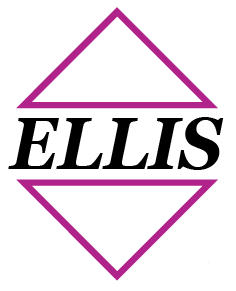Anchor points are important for maintaining safety at height operations and are typically installed on the roof of tall buildings. They form an integral component of the fall protection system that keeps workers safe while performing tasks like window cleaning, painting, concrete repairs, light installation, and more. Anchor points intended for window cleaners are critical for building owners and managers to understand that they must be certified for use by a registered structural engineer before use by any window cleaner. The window cleaner must receive the documented list of anchor points from the owner prior to starting work This is required by OSHA. Temporary anchor points installed by a roofer or other trade are unsuitable for use by window cleaners
Anchor points are used as a connection point for lifelines, work restraint systems and rope access plus suspended scaffolds. They can be temporary or permanent, depending on one’s needs and the nature of the task. Permanent anchor points are used for buildings that require constant work by rope access technicians. They can also be simple or highly sophisticated and complex, offering workers a complete lifeline system.
Anchor point installation in USA requires diverse components that are determined – using product guidelines – by the substrate into which they will be placed. Technicians will first test the substrate by installing an anchor and performing a pull test between anchors until the anchor reaches 2500 lbs which is the required proof load. This is the unfailing indicator of substrate strength and its ability to support an anchor point and, by inference, a window cleaner’s bosun chair.
All anchors installed are pull-tested as per legislation. They are also tagged and distinctively numbered for inspection notification and a full report issued to the client. Anchors for rope access use are inspected every six months to one year.
There are two major types of safety anchors: mechanical anchors and epoxyl anchors. Mechanical anchors consist of a hole with an anchor rod driven into it. There’s a mechanical sleeve on the anchor, which expands, making it to choke when tightened. Mechanical anchors are swift and undemanding to install but they are generally not a good long-standing solution because they may cause waterproofing problems. Attachment to roof beams by welding isis often specified by the structural engineer
Epoxy anchors, on the other hand, may provide an alternative solution. For installation, a hole is made, cleaned out, and a two-part chemical mortar is injected before inserting the anchor rod inside the hole. The use of this particular chemical mix gives rise to an iron-strength bond between the anchor rod and the substrate. As long as inspections are kept up to date, and as long as stainless steel materials are used, epoxy anchors are often the strongest and can last for decades.
Anchor points can be found in a range of sizes, depending on the projected use. Choosing the right anchor point should always be carefully planned. The best way to go beyond OSHA regulations and make sure workers are adequately safe is to use an engineered anchor point, and to make sure workers know how to make use of it appropriately.
Ellis Fall Safety can introduce you to an experienced installer who can install and test your anchors to OSHa requirements published in 2017.

